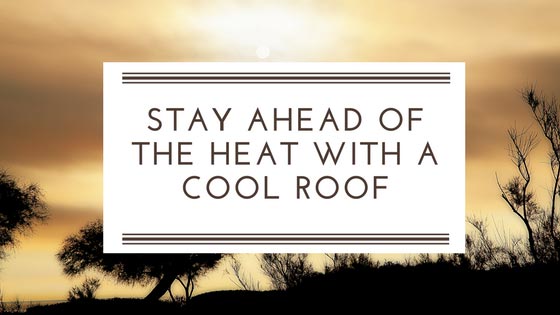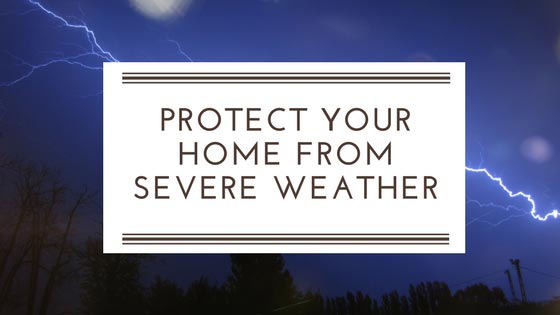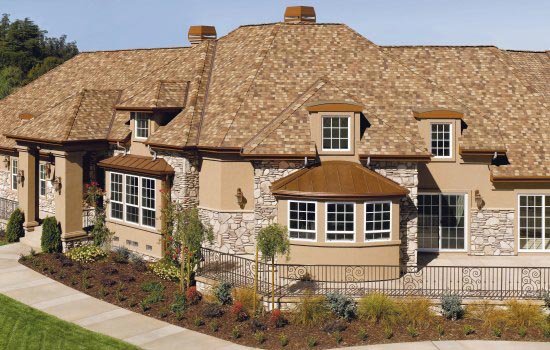During hurricane season, we are often subject to torrential rains when a storm makes landfall. This can cause roofs to fail under the stress of shedding all of the rain. If you notice a leak, follow these tips:

- Do not get on your roof if it is raining or it is wet. Wait for a trained and licensed roofing professional to inspect your roof.
- Document where the leak is, what room and where in the room. Snap a photo of the leak for quick reference.
- Make note if it is a new leak or a recurring leak
- Make note of when the leak was first noticed.
- Document what the weather was like at the time of the leak (speed and direction of the wind, type of rain, driving rain, etc.).
- How did the moisture occur with the leak? Was it a steady drip, heavy drip, no drip but wet sheetrock, etc.)?
- Once the wind and rain stops, walk around your house and note what you can see from the ground. Items such as: shingles missing or torn loose, storm debris that has fallen on the roof, tree limbs that have rubbed on the roof, etc.
Share these things with us when we perform a free inspection of your home to assess the damage. They will help with the inspection of the leak and determining the cause.
Schedule your free inspection today.







